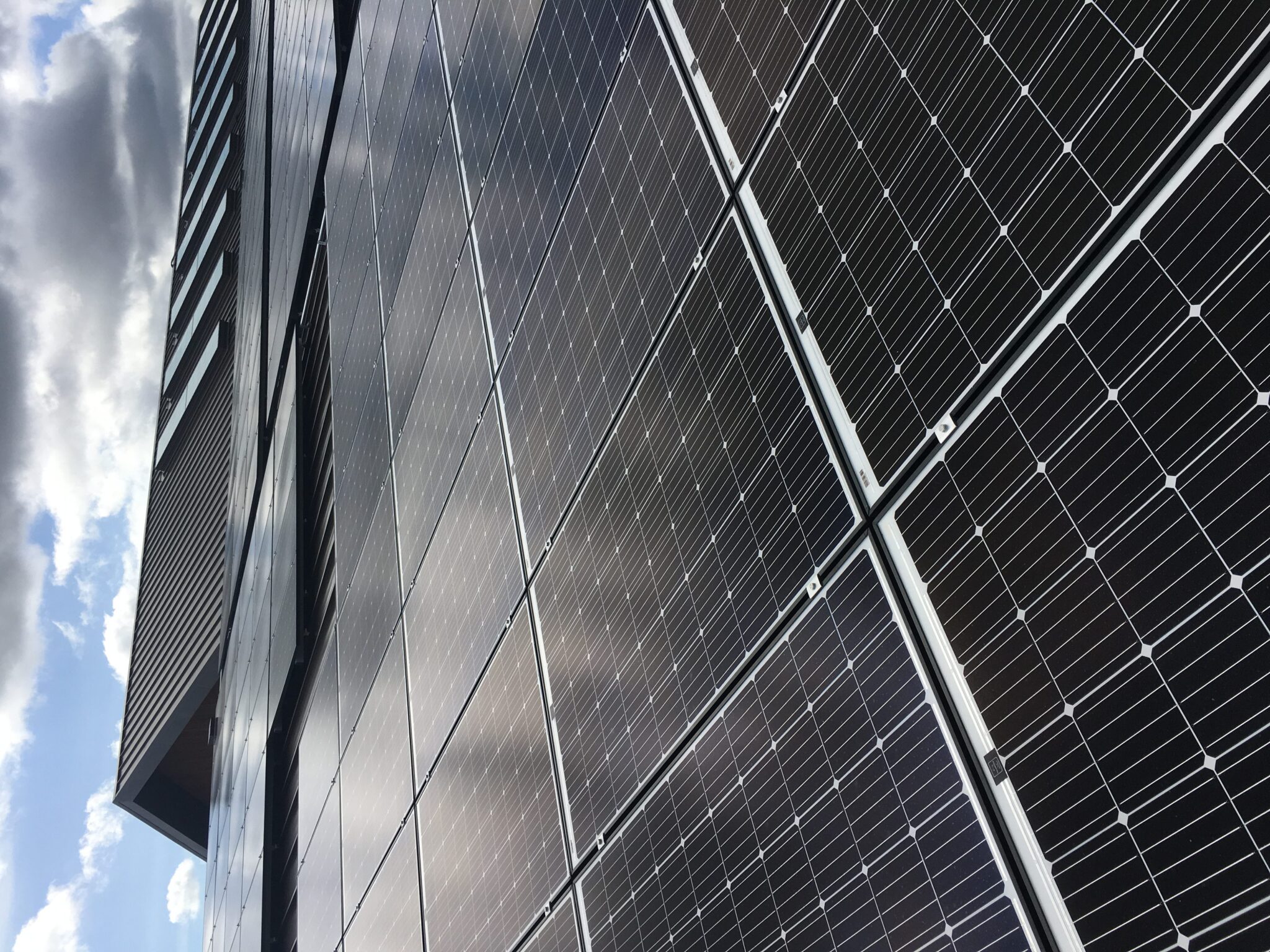
Technical Article
Code Corner: 2020 NEC 705.12(B)(3)(1) and (2)
This particular Code Corner is all about NEC 705.12(B)(3), which adjudicates best practices for any power system’s busbar interconnections and breakers. For the sake of illustration, we focus in this article on bus or conductor ratings as they pertain specifically to solar PV or PV-plus-storage systems.
What does NEC 705.12(B)(3) say?
The 2020 National Electrical Code guides us with the following verbiage:
705.12(B)(3) Bus or Conductor Ampere Rating.
(B)(3)(1) The sum of 125 percent of the power source(s) output circuit current and the rating of the overcurrent device protecting the busbar shall not exceed the ampacity of the busbar.
(B)(3)(2) Where two sources, one a primary power source and the other another power source, are located at opposite ends of a busbar that contains loads, the sum of 125 percent of the power-source(s) output circuit current and the rating of the overcurrent device protecting the busbar shall not exceed 120 percent of the ampacity of the busbar. The busbar shall be sized for the loads connected in accordance with Article 220. A permanent warning label shall be applied to the distribution equipment adjacent to the back-fed breaker from the power source that displays the following or equivalent warning:
Warning: Power source output connection – do not relocate this overcurrent device.
What does this mean and why does it matter?
705.12(B)(3)(1) is an allowance for a circumstance that seldom arises in PV systems. In short, (B)(3)(1) is a calculation check against overcurrent hazard in a simple case: Take 125% of the rated continuous output current from one power source– say, one PV inverter- and then add this figure to the panel’s main breaker’s ampacity rating.
If this new sum exceeds the main service panel’s rating, then you’ll need to appeal to 705.12(B)(3)(2). However, if this final Amps figure does not exceed the busbar’s rating, then you are safe to place the interconnection anywhere on the bus you see fit.
For example, say your main service panel is rated for up to 1000 A, with an 800 A-rated main service breaker, while, upstream of the main service panel, there is a PV inverter outputting 160 A.

Here, we take the sum of 125% of the power source(s) output circuit current:
1.25 x 160 A = 200 A
Then, add this with the main breaker rating:
800 + 200A = 1000 A
This does not exceed the main service panel’s busbar rating (1000 A), so the PV system breaker can be placed at the top, middle, or bottom of the busbar. This installation would be safe from overcurrent threat and compliant with NEC 705.12(B)(3) requirements. There is no point along this busbar that would be exposed to more than 1000 A.
705.12(B)(3)(2) is more typical, especially in residential rooftop contexts. So much so, that it’s known in the industry as the “120% Rule”, where the positioning of the secondary power source (PV system) along the busbar becomes specific. The secondary power source (PV system) can be connected on the opposite end of the busbar as the main breaker, but only if the summed figure—125% of the secondary source + the main breaker limit— does not exceed 120% of the main service panel’s rating. The reasoning behind this requirement is that if the main breaker and the breaker for the interconnection to/from the PV inverter are placed at opposing ends of the busbar, then nowhere along the busbar will the currents be additive. This constitutes best practices for overcurrent protection in this context. An example with easy math can help illustrate this rationale.

Say you have a residential system, with an inverter outputting 32 A continuously. Given the rating of the bus panel of 200 A, and given that:
125% of 32 A is 40 A;
120% of 200 is 240 A;
The sum (40 + 200 = 240 A) does not exceed (is equal to) this "120% Rule" number.
That is to say, in such a scenario: even if all the loads are running; if the maximum allowable current from the utility is flowing down from the top of the busbar; and if the PV power supply is maxed out too, injecting current into the bottom of the busbar, nowhere along the busbar will the currents be dangerously additive. Due diligence is essential to minimizing excessive overheating and possible overcurrent risks like melted busbars, damaged circuits, and even spark fires, in some cases.
The last key piece of (B)(3)(2) is that when the 120% rule is in effect, you must affix a permanent warning label onto the distribution equipment adjacent to the secondary source break that reads:
Warning: Power source output connection – do not relocate this overcurrent device.

If you have questions on the 120% rule, or how to ensure your design complies with NEC 705.12(B)(3)(1)& (2), our System Design & Engineering team is happy to help. Contact us to start a project or learn more. You can also find more of our Code Corner videos on the Mayfield Renewables YouTube channel.



